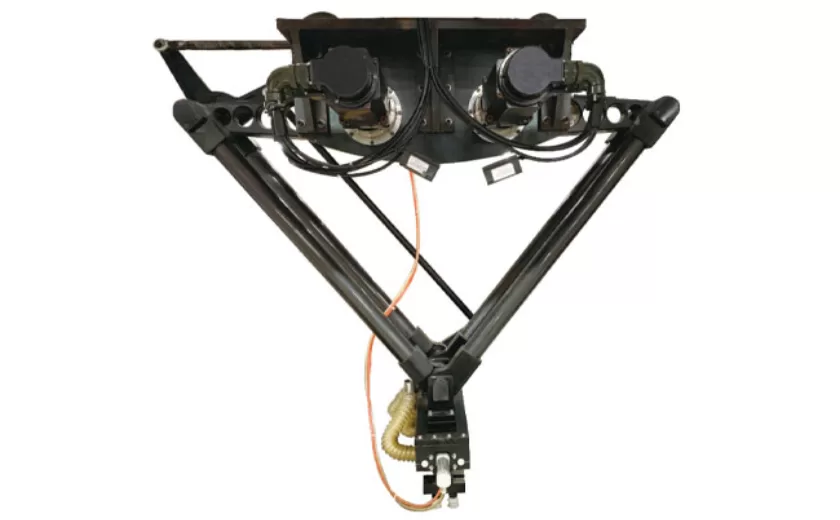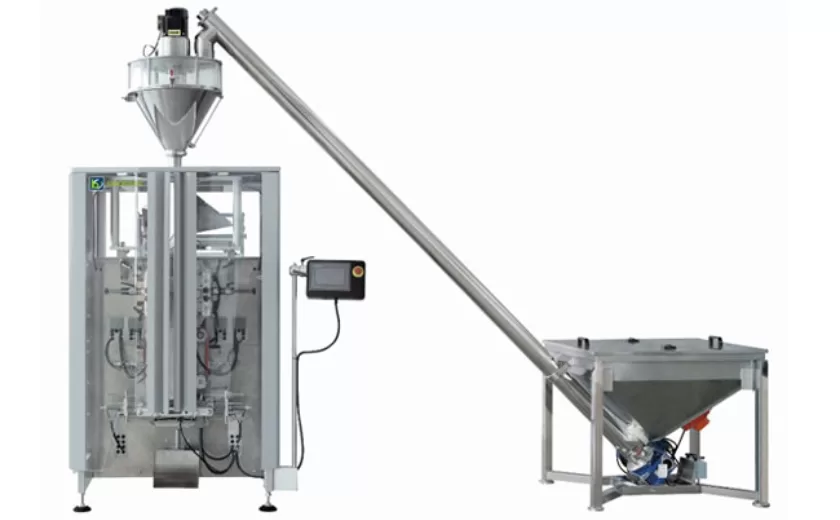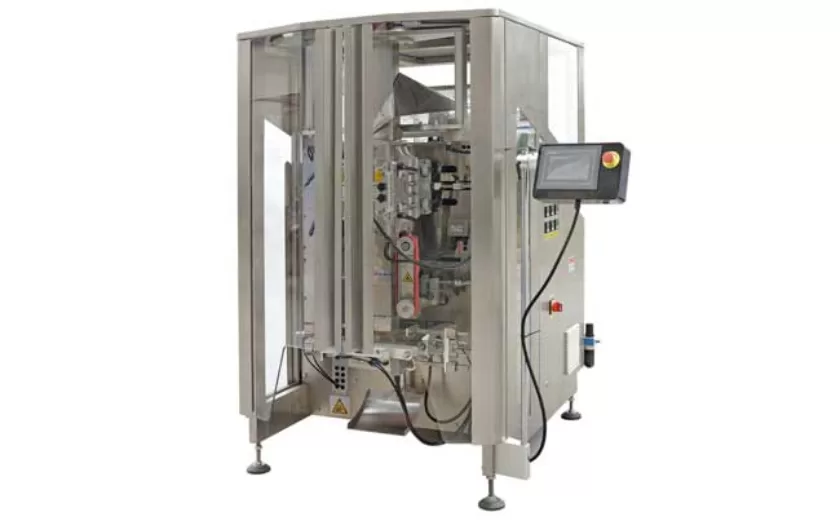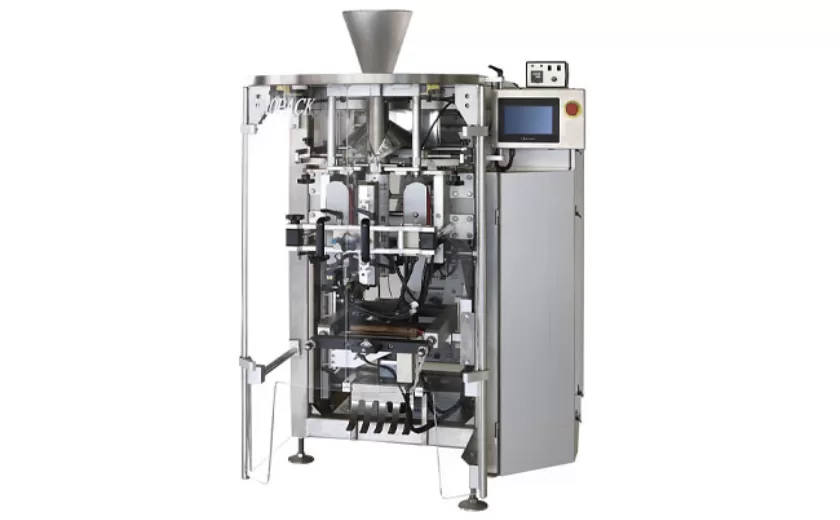Demystifying the Science Behind Packaging Machines
Introduction
Packaging machines are essential equipment in a wide range of industries including food, beverage, pharmaceuticals, cosmetics, and consumer goods. Put simply, a packaging machine is any equipment that completes one or more stages in the process of enclosing or protecting a product for storage, distribution, sale, and use.
From confectionery and baked goods to medical devices and automotive parts, industries rely on packaging machines to quickly and efficiently wrap, seal, label, fill, cap, collate, and palletize their products. Companies use packaging equipment to preserve product quality and freshness, maximize production speed, minimize packaging waste, and enhance branding and messaging through innovative packaging formats.
Packaging machines enable high volume output with consistency and precision using automated systems. By automating repetitive tasks, they boost productivity and efficiency while reducing the risk of human error and labor costs. New enhancements in packaging machine design and capabilities allow manufacturers to customize packaging for on-the-go convenience, reusability, and sustainability.
History and Evolution of Packaging Machines
Packaging machines have been around for over a century, revolutionizing the way products are packed, protected and presented. The origins of automated packaging can be traced back to the late 1800s when the first crude wrapping machines were developed. However, it wasn’t until the early 20th century that the packaging industry saw major advancements.
One of the first automated packaging machines was patented in 1898 by Samuel J. Langsdorf, an American inventor. His machine wrapped gum and candies in waxed paper. This pioneering technology automated what was previously a manual process done by hand. The confectionary industry was quick to adopt Langsdorf’s automated wrapping machine as it allowed mass production of inexpensive, hygienically wrapped sweets.
In the early 1900s, the food industry began utilizing packaging technology to wrap perishable items like bread. Commercial bread wrapping machines were developed in 1912, reducing human touch points and enabling preserved foods to be distributed across greater distances. This allowed bakeries to increase production and expand their markets.
The 1920s brought inventions like heat-sealable cellophane film and automated carton forming, filling and sealing machines. This enabled mass production of sealed packaged goods that were appealing, protected and tamper-evident. Vending machine snacks became hugely popular, fuelling demand for automated wrapping. Packaging technology helped popularize processed and pre-made foods.
The post-World War 2 economic boom brought rising consumerism and demand for packaged goods. High-speed wrapping machines were developed to meet large-scale manufacturing needs. Plastics replaced materials like wax paper and tin, being lighter, cheaper and more versatile. Better adhesives, package printing technology, automation and robotics transformed packaging efficiency.
Today, computerized packaging systems can customize, collate, label and palletize at mind-boggling speeds. Vision systems, digital printing and cobots allow flexibility, personalization and streamlined processes. Packaging technology continues getting smarter, faster and more sustainable, shaping the future of how we produce, protect and transport goods globally.
Types of Packaging Machines
There are a wide variety of machines used in packaging lines to contain, protect, preserve, transport, and market products. The main types of packaging machines include:
Form-Fill-Seal Machines: These machines create pouches and bags from rolled film, form the package, fill it with products, and then seal the package. They are commonly used for snack foods, powders, liquids and other products.
Cartoners: Cartoners take flat cardboard blanks and form them into boxes or cartons. They fold the blanks, seal the bottom, fill the cartons with products, and seal the tops. Cartoners are ideal for cereals, crackers, frozen foods, beverages and more.
Case Packers: Case packers take individual products or bundles and group them together into corrugated cases or trays. They bring efficiency to the packaging line by quickly packing products into cases for palletizing and shipping.
Shrink Wrappers: Shrink wrapping machines use heat to wrap film tightly around products, bundles or pallets, securing the items together. The film shrinks up to 40% to conform to the shape of contents. They provide stability for transport.
Labeling Machines: Labelers efficiently and accurately apply labels to products as they pass through the packaging line. Labels contain important product information, branding, and barcodes.
Capping Machines: These machines apply caps, lids and closures to bottles, jars, tubs, cans, tubes and other containers after they have been filled. They ensure proper sealing and tamper evidence.
Filling Machines:Fillers accurately portion and dispense products into pouches, bags, bottles, cans, boxes and other packaging at very high speeds. They come in many configurations for different packaging formats.
Palletizers: Palletizers automatically stack and arrange finished, packaged products onto pallets for storage and shipment. They allow streamlined pallet loading and stretch wrapping.
Other specialized equipment like checkweighers, metal detectors, coders, printers and more are also common in packaging lines for quality assurance purposes. The variety of packaging machinery allows great flexibility in packaging options for products.
Parts of a Packaging Machine
Packaging machines are complex pieces of equipment with many intricate parts working in unison. While packaging machines may vary based on factors like the product and packing material, most contain some core components that enable the packaging process.
Here are the main parts that make up a typical packaging machine:
Film Unwind
The film unwind unit holds a large roll of packing material like plastic, aluminum foil, or paper. The packaging material is fed into the machine from this roll. The film unwind system controls the tension and alignment of the film as it’s fed into the machine.
Forming Box
The forming box takes the flat film and shapes it into a tube around the product flow. The edges of the film are sealed together longitudinally by the longitudinal sealer to form a continuous tube.
Product Infeed
The product infeed transports individual products into the newly formed packaging tube in proper positions and intervals. This ensures the products are accurately packaged.
Cross Jaw Sealer
The cross jaw sealer consists of two heated jaws that intermittently seal across the packaging tube and around the product. This forms separate sealed packages containing the individual products.
Cutting Unit
Once the packages have been sealed by the cross jaw sealer, the cutting unit cuts between the seals to separate the individual packages.
Discharge Conveyor
The discharge conveyor collects the finished, sealed product packages and transports them out of the machine for further processing or shipment.
The synchronized actions of all these components enable the continuous and efficient flow of products through the packaging machine resulting in properly sealed packages.
The Packaging Process
When products move through a packaging machine, they undergo a series of steps designed to efficiently and effectively contain, protect, and display the items. Understanding this complex packaging process provides insight into how these machines operate.
The typical stages of the packaging process are:
Product Infeed – Products enter the packaging machine through the infeed area. Devices like feeders, aligners, and placers organize the products for packaging.
Loading – The products are loaded into the selected packaging material, such as bags, pouches, boxes, or wrapping film.
Filling or Wrapping – Depending on the type of packaging, the products are either filled into packaging containers or wrapped in material like film, foil, or paper.
Sealing – The loaded packaging passes through a sealing station which seals the packaging shut through methods like heat sealing, taping, stitching, or gluing.
Date Coding – A date coder prints expiration or production dates, batch numbers, and other variable information on the packaging.
Inspection – Automatic or manual inspection checks the quality and accuracy of the sealed packaging and products.
Output – The packaged products exit the machine via the discharge area where they are transported for storage or shipping.
Understanding this step-by-step packaging process provides insight into how each stage contributes to the final packaged product. The science behind packaging machines powers each calculated step in this intricate dance.
The Science Behind Packaging
Packaging machines utilize a variety of scientific principles to achieve their functions efficiently and effectively. An understanding of thermodynamics, fluid dynamics, mechanical engineering, and machine design is critical to developing effective packaging equipment. Let’s explore some of the key scientific concepts at play.
Thermodynamics, the study of heat and energy transfer, is crucial in packaging machines. The machines have to input thermal energy to change materials like plastics and seal films. Engineers optimize heat transfer to ensure uniform sealing and wrapping without burning the packaging or product. Convection, conduction and radiation are leveraged to control and direct heat precisely.
Fluid dynamics, the physics of how liquids and gases flow, is also key. Products are often transported along conveyors using air suction and blowing. The flow must be optimized to avoid turbulence and maintain gentle handling. Liquids like inks and adhesives also need precise flow control to be applied evenly.
Mechanical engineering principles enable the smooth operation of packaging equipment. Components like conveyors, fillers and labelers utilize mechanics like belts, bearings, linkages, and actuators. ME concepts like machine design, kinematics, and control theory are applied to create synchronized and efficient machines.
Ergonomics and human factors engineering ensure operators can interface properly and safely with packaging machinery. Anthropometric data guides the positioning of touchscreens and handles. Control panels utilize interface design principles for intuitive operation.
Materials engineering helps select packaging films, plastics and adhesives suited to the product and process needs. Films are engineered with the right barrier and sealing properties. Plastics are chosen for impact strength, wear resistance, and flexibility.
Advanced simulation using finite element analysis optimizes structural mechanics in packaging equipment frames, platforms, and moving components. This ensures rigidity, precision of motion, and longevity of parts.
In summary, packaging machines integrate physics, mechanical engineering, materials science, and controls engineering to achieve efficient, high-speed handling and wrapping of products.
Automation and Control Systems
Packaging machines rely heavily on automation and control systems to ensure efficient and precise operation. These systems consist of various sensors, controllers, software, and other components that allow the machine to function accurately without constant human oversight.
Sensors play a critical role in packaging machine automation. They collect real-time data on factors like temperature, pressure, flow rates, and positions of machine components. This sensory feedback is relayed to controllers that analyze the data and initiate appropriate actions based on program logic. Common sensors used include photoelectric sensors, proximity sensors, encoder sensors, load cells, flow meters, and temperature probes.
Controllers form the core of packaging machine automation. They take in sensor data and execute pre-programmed instructions to control different machine operations. Most packaging machines incorporate a programmable logic controller (PLC) to handle all automated tasks. PLCs are robust, reliable, and easily programmable. Advanced models have communication capabilities to interface with PCs and other devices.
Software is integral to implementing automation in packaging machinery. Human-machine interface (HMI) software provides centralized control and monitoring of all automated machine functions through interactive graphics. Programming software is used to develop and upload control logic to PLCs and other controllers. Databases help store vast amounts of operational data from sensors and controllers.
Together, these automation components enable accurate monitoring of machine parameters, rapid response to any deviations, and dynamic control of processes. This ensures high efficiency and precision, with minimal human intervention needed. Automated systems have transformed modern packaging machinery into highly optimized setups with immense capabilities.
Safety and Hygiene
Packaging machines play a critical role in the safety and hygiene of packaged products, particularly in the food industry. There are various standards and regulations that packaging machine manufacturers must adhere to in order to ensure food safety and machine safety.
In the food industry, packaging machines must comply with food safety regulations and be constructed in a way that minimizes the risk of food contamination. Machines typically incorporate sanitary design principles, with easy to clean surfaces, few hidden areas where bacteria could grow, and simple disassembly for cleaning procedures.
Materials used must also be food-safe, non-toxic and not impart any odor or taste to the food products. Good hygiene practices during operation, like frequent cleaning and sanitizing, are also essential.
For employee safety, packaging machines have various built-in safety features and sensors to minimize risk of injury. This includes emergency stop buttons, light curtains to detect motion, interlocked guards to prevent access to dangerous areas, and two-hand anti-tie down controls.
Machines are designed to international safety standards like ISO and ANSI. Compliance with local occupational health and safety regulations is also mandatory. With proper design and safe working practices, packaging machines play an indispensable role in protecting consumer and employee safety.
Innovations and Future Trends
The packaging industry is experiencing rapid innovation as new technologies emerge and consumer demands evolve. Packaging machines are integrating cutting-edge advancements in automation, artificial intelligence, sustainability, and customization.
Artificial intelligence and machine learning algorithms are enabling packaging machines to operate with greater precision and efficiency. Self-optimizing capabilities allow packaging machines to analyze data and continuously improve their performance. Intelligent sensors and vision systems give packaging machines enhanced quality control and the ability to spot defects.
Robotics and advanced automation are increasing the flexibility and capabilities of packaging machines. Collaborative robots can safely work alongside humans, handling the loading and unloading of products. Automated material handling systems seamlessly integrate packaging machines into production lines.
Sustainability is a major priority, with packaging machines becoming more energy and resource efficient. Electric servomotors reduce power consumption. Machines are being designed to minimize waste through the use of recyclable and biodegradable materials. The integration of renewable energy sources like solar power is also on the rise.
On-demand customization allows for more personalized packaging catered to individual consumer preferences. Digital printing technology enables variable data printing of customized labels, designs, and messages on each package. Packaging machines can switch between packaging formats and sizes quickly.
Data analytics, the industrial internet of things, and the use of cloud computing are transforming packaging machines into smart, connected systems. This opens up possibilities for predictive maintenance, remote monitoring, and over-the-air software updates.
Modular designs allow for more flexibility and scalability in packaging machinery. Self-contained modules with plug-and-play capabilities make it easier to reconfigure packaging lines and add new capabilities.
The future points to even more autonomous, versatile, and sustainable packaging machines. Innovation will continue driving the evolution of these complex machines at the heart of the packaging industry.
Conclusion
Packaging machines play an indispensable role in the modern supply chain. As we have explored in this article, they allow products to be quickly and efficiently packaged for distribution and sale. While their inner workings involve complex engineering and science, packaging machines simplify and streamline an essential step in getting goods to customers. Without these often overlooked machines, it would be incredibly challenging to package, transport, and sell the vast quantity of products we see in stores and markets today.
From their early beginnings, packaging machines have evolved to become more automated, versatile, and sophisticated. However, their core purpose remains the same – to package products securely while minimizing cost and maximizing efficiency. Brands around the world rely heavily on packaging machines to ensure their products reach shelves looking pristine and appealing.
As technology and innovation continue to advance, so will packaging machines. We can expect even greater automation, as well as integration of robotics, AI, ML and other emerging technologies. However, the human touch will still be needed for creative packaging design, supervision, and maintenance. The future looks bright for these complex but ingenious machines at the heart of the supply chain.
-
Advanced Packing Solutions: Snacks, Sugar, and Frozen Food Machines
29-10-2025 -
Efficient and Reliable Solutions for Salt, Nuts, and Frozen Dumplings Packing
29-10-2025 -
High-Performance Biscuits, Lollipop, and Ketchup Packing Machines for Modern Food Production
29-10-2025 -
Efficient Liquid Filling and Packing Machines for Modern Production
23-10-2025 -
Reliable Granule Packaging Machines for Efficient Production
23-10-2025 -
Efficient Auger Powder Filling Machines for Accurate Packaging
23-10-2025 -
High-Performance Liquid Filling and Packing Machines for Hygienic Production
10-10-2025 -
High-Efficiency Granule Packaging Machines for Precision and Speed
10-10-2025 -
High-Precision Auger Type Powder Filling Machines for Efficient Packaging
10-10-2025 -
Efficient Vertical Form Fill Seal Packaging Machines for Smart Production
10-10-2025











